Apollo 16
Saturn V
National Aeronautics and Space Administration
Crew
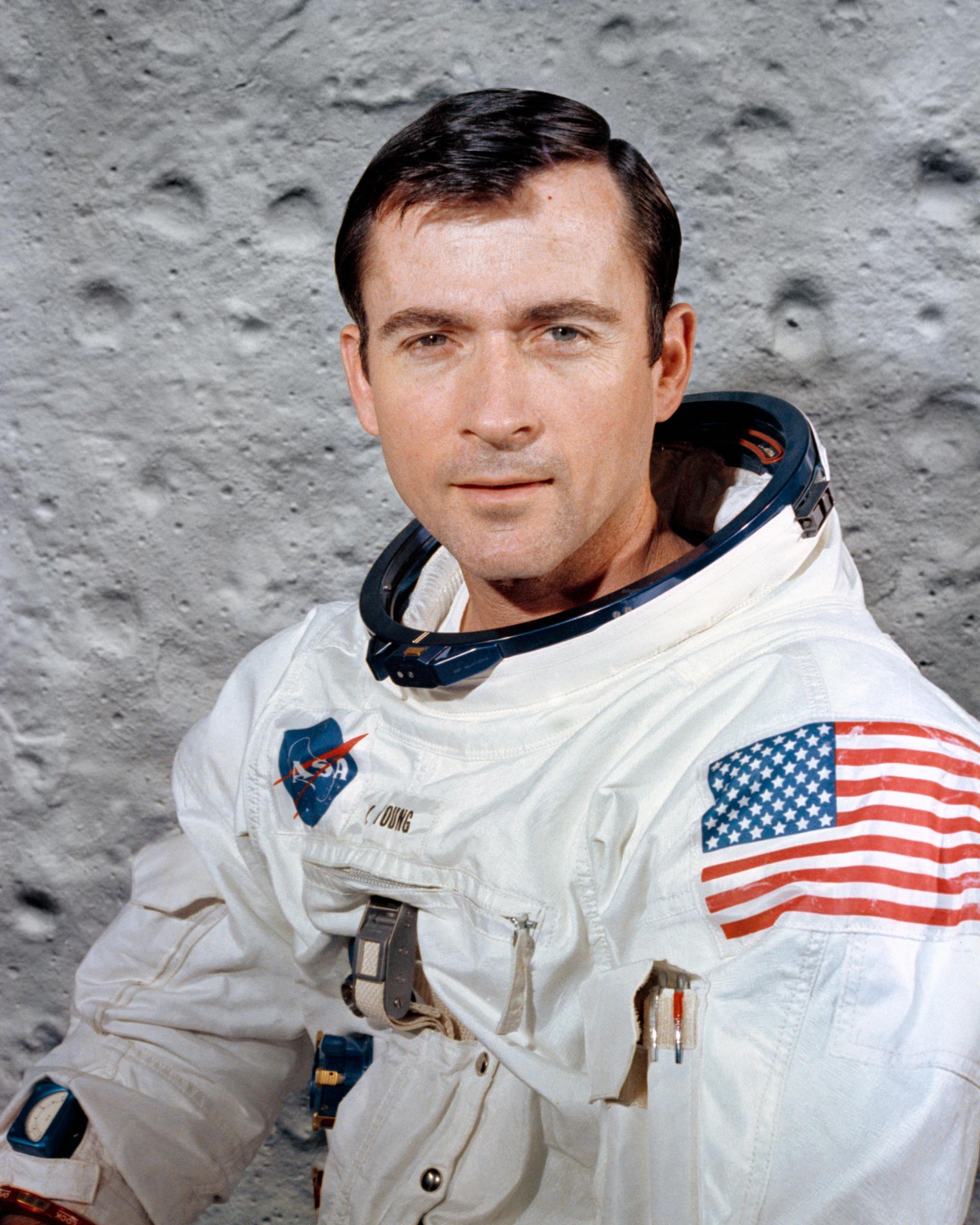
John Young
- Birthday: 09/24/1930
- Role: Commander
- Nationality: American
- First Flight: 03/23/1965
- Last Flight: 11/28/1983
John Watts Young was an American astronaut, naval officer and aviator, test pilot, and aeronautical engineer. He became the ninth person to walk on the Moon as Commander of the Apollo 16 mission in 1972. Young enjoyed the longest career of any astronaut, becoming the first person to fly six space missions (with seven launches, counting his lunar liftoff) over the course of 42 years of active NASA service. He is the only person to have piloted, and been commander of, four different classes of spacecraft: Gemini, the Apollo Command/Service Module, the Apollo Lunar Module, and the Space Shuttle.
In 1965, Young flew on the first manned Gemini mission, and commanded another Gemini mission the next year. In 1969 during Apollo 10, he became the first person to fly solo around the Moon. He drove the Lunar Roving Vehicle on the Moon’s surface during Apollo 16, and is one of only three people to have flown to the Moon twice. He also commanded two Space Shuttle flights, including its first launch in 1981, and served as Chief of the Astronaut Office from 1974 to 1987. Young retired from NASA in 2004. He died on January 5, 2018.
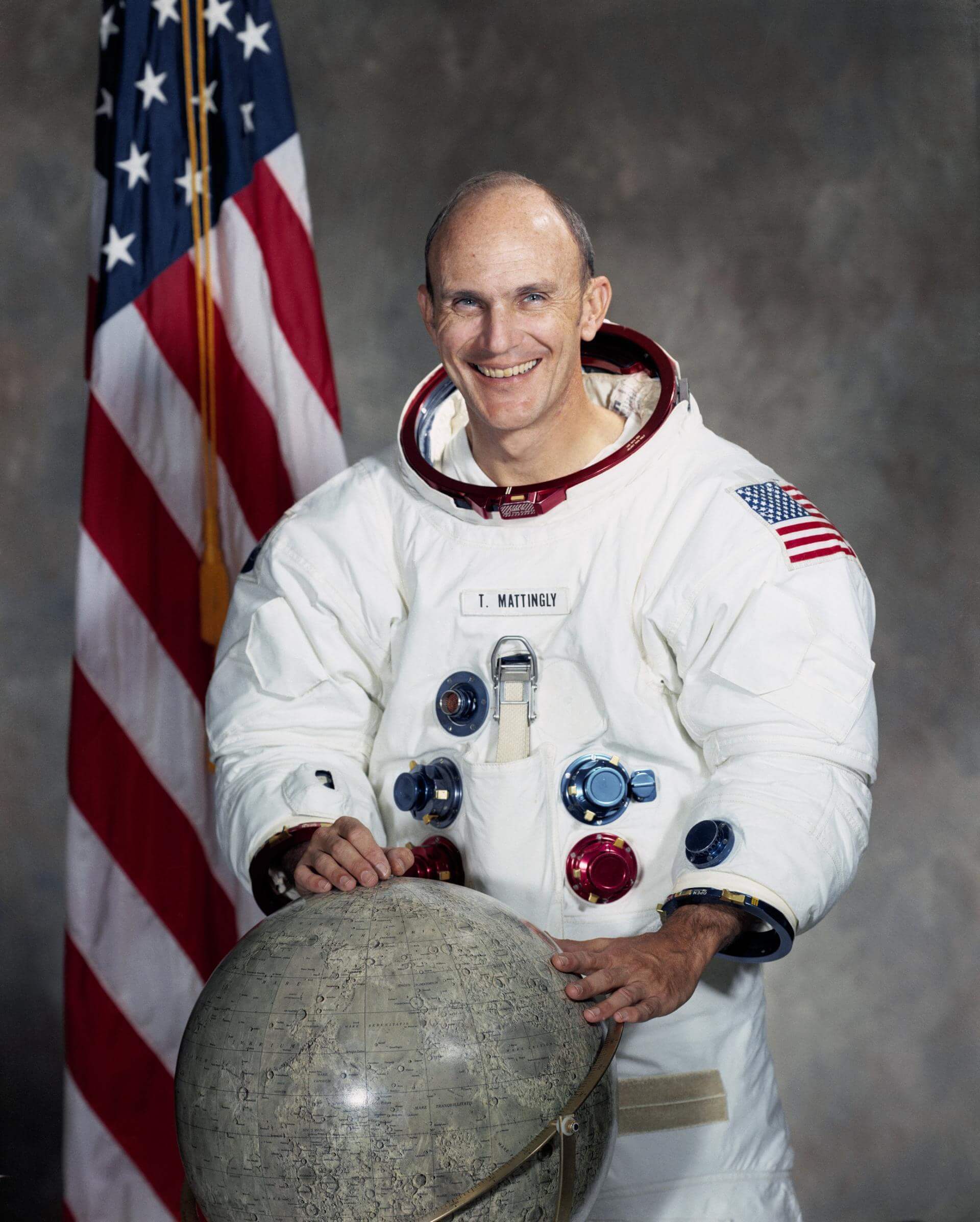
Ken Mattingly
- Birthday: 03/17/1936
- Role: Command Module Pilot
- Nationality: American
- First Flight: 04/16/1972
- Last Flight: 01/24/1985
Thomas Kenneth Mattingly II better known as Ken Mattingly, is a former American naval officer and aviator, aeronautical engineer, test pilot, Rear Admiral in the United States Navy and astronaut who flew on the Apollo 16, STS-4 and STS-51-C missions. He had been scheduled to fly on Apollo 13, but was held back due to concerns about a potential illness (which he did not contract). He later flew as Command Module Pilot for Apollo 16, making him one of only 24 people to have flown to the Moon.
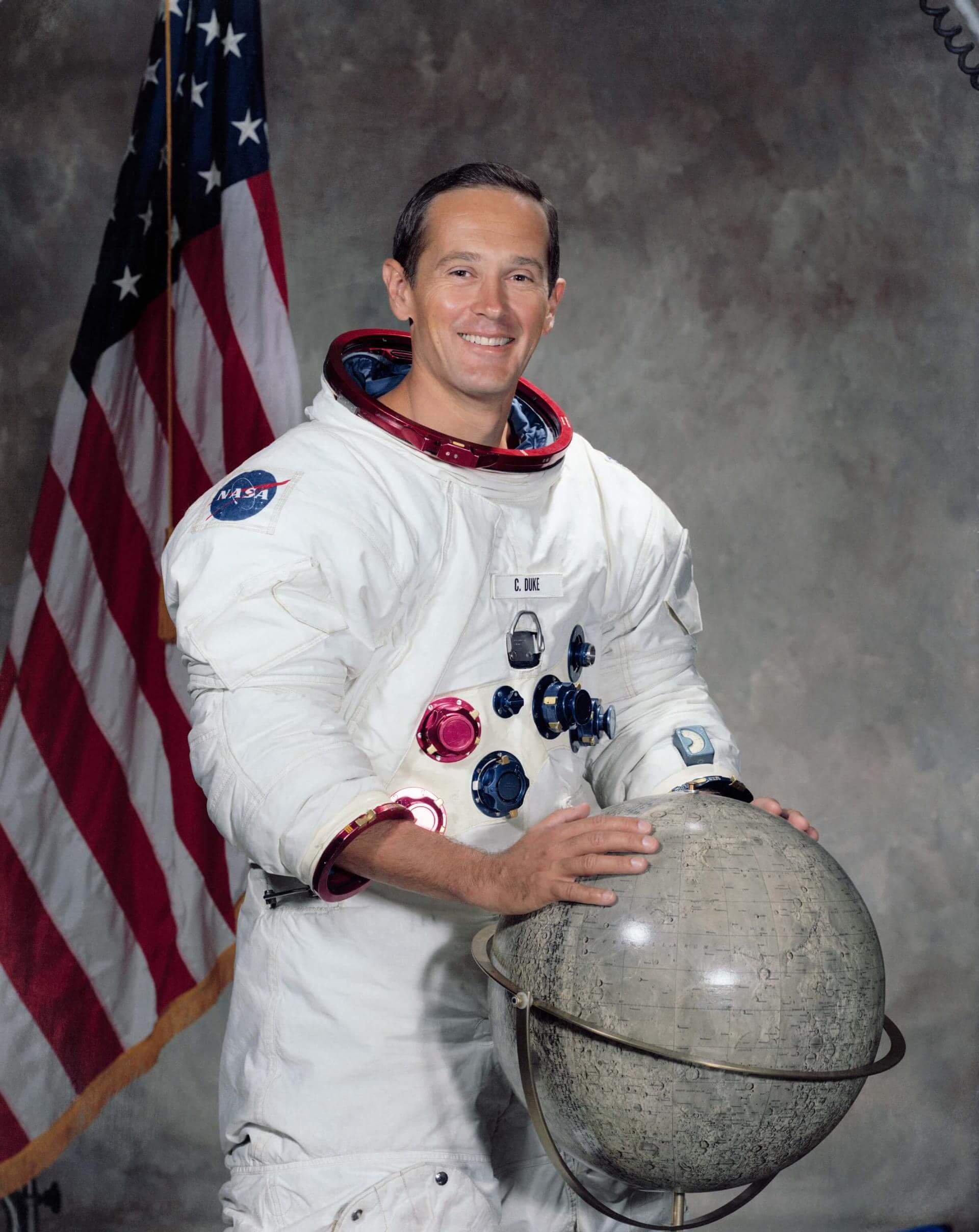
Charles Duke
- Birthday: 10/03/1935
- Role: Lunar Module Pilot
- Nationality: American
- First Flight: 04/16/1972
- Last Flight: 04/16/1972
Charles Moss “Charlie” Duke Jr. is an American former astronaut, retired U.S. Air Force officer and test pilot. As Lunar Module Pilot for Apollo 16 in 1972, he became the tenth and youngest person to walk on the Moon.
Duke has logged 4,147 hours flying time, which includes 3,632 hours in jet aircraft; and 265 hours in space, plus 20 hours and 15 minutes of extravehicular activity.
A resident of New Braunfels, Texas, he is currently chairman of the board of directors of the Astronaut Scholarship Foundation.
Mission
Apollo 16
- Type: Human Exploration
- Orbit: Lunar Orbit
Apollo 16 was the 10th crewed launch of the Apollo program. The craft was crewed by Commander John Young, Command Module Pilot Ken Mattingly & Lunar Module Pilot Charles Duke. The mission duration was 11 days, 1 hour, 51 minutes & 5 seconds during which time Young and Duke spent 71 hours on the surface of the Moon spending a total of 20 hours and 14 minutes on moonwalks while Mattingly spend 126 hours or 64 orbits in lunar orbit. While conducting moonwalks, Young and Duke collected 95.8Kg of lunar samples. During return trip to Earth Mattingly performed an EVA to collect film cassettes from the exterior of the service module.
Location
Rocket
National Aeronautics and Space Administration Saturn V
The Saturn V was a human-rated expendable rocket used by NASA between 1967 and 1973. Most notably, the Saturn V took the Apollo program to the Moon. It still remains the world’s tallest, heaviest, and most powerful rocket ever brought to operational status and is the only launch vehicle to take humans beyond LEO.
Agency
National Aeronautics and Space Administration
The National Aeronautics and Space Administration is an independent agency of the executive branch of the United States federal government responsible for the civilian space program, as well as aeronautics and aerospace research. NASA have many launch facilities but most are inactive. The most commonly used pad will be LC-39B at Kennedy Space Center in Florida.
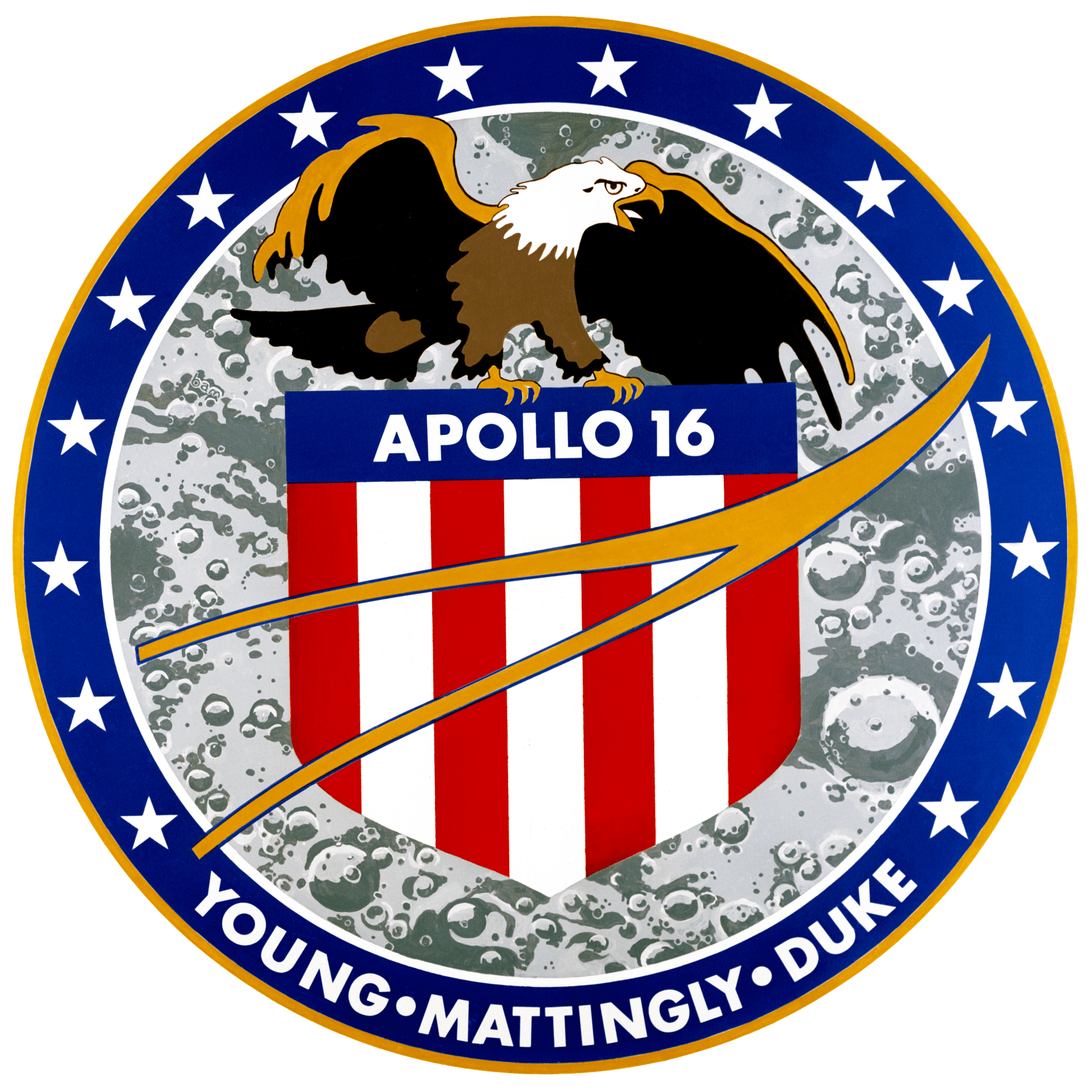
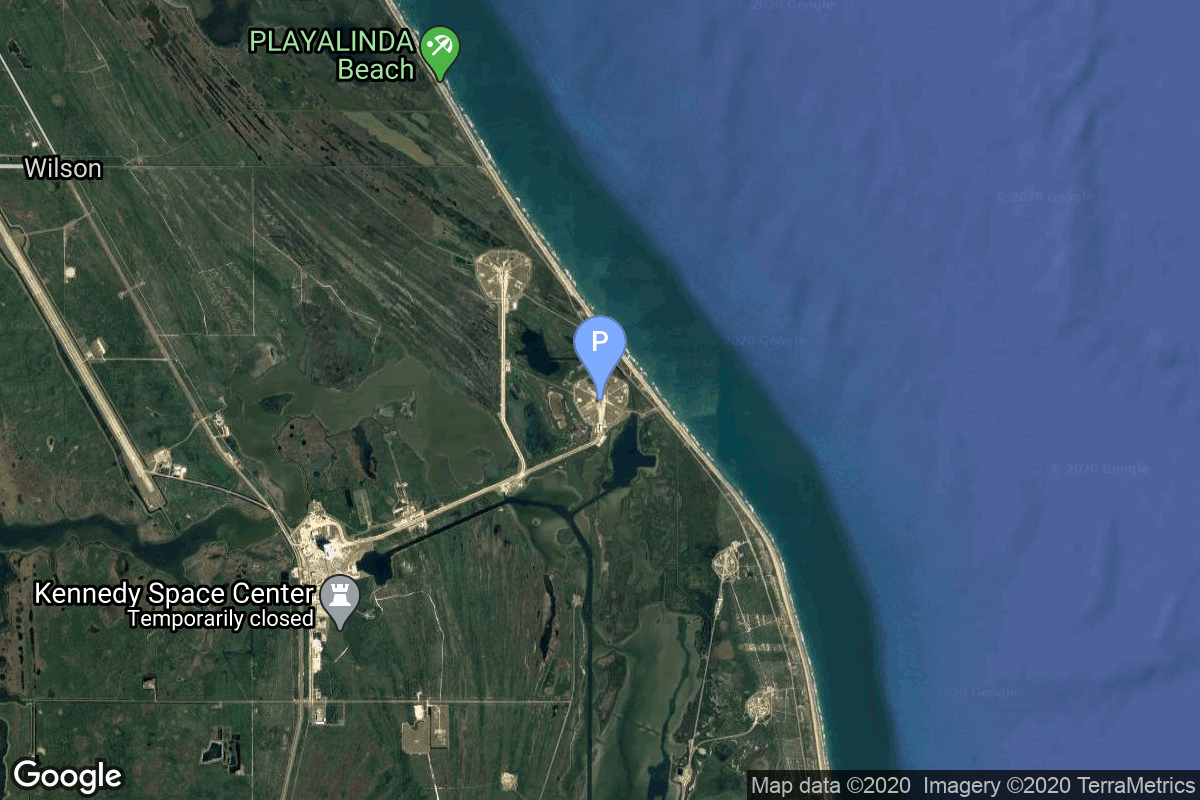
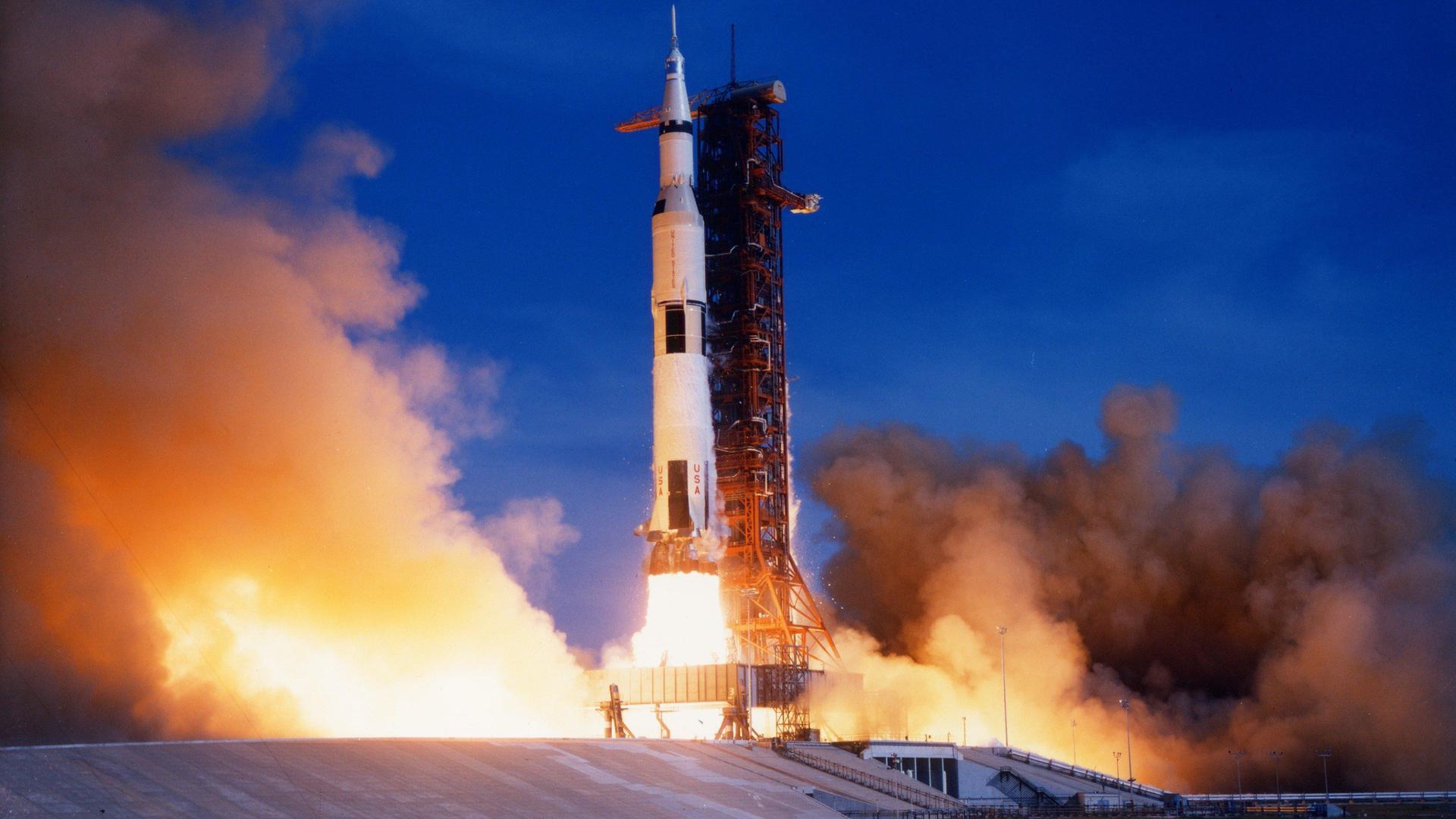
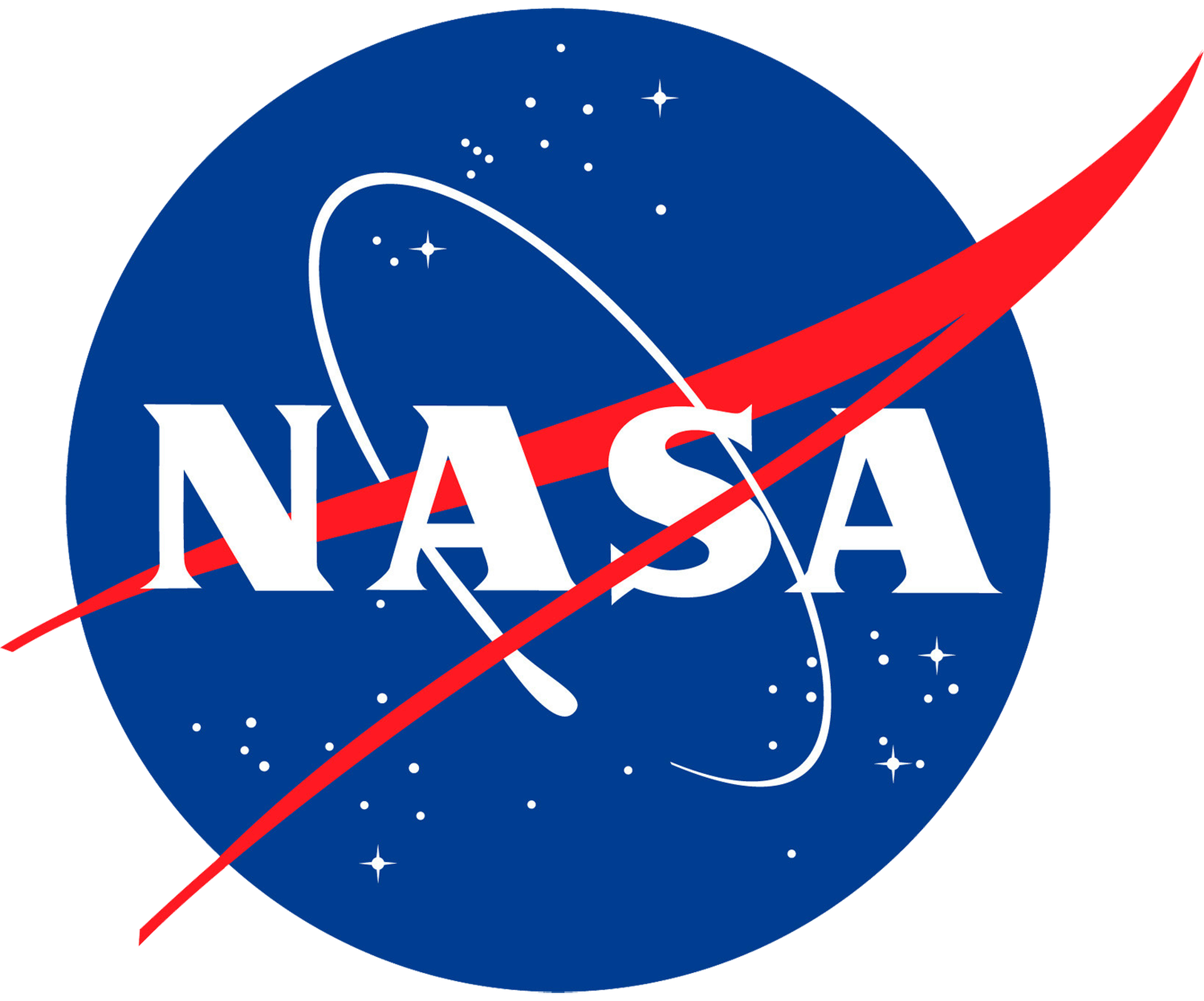
Apollo 16 was the 5th successful mission to land man on the moon . The mission went off with out any issues a ” text book ” mission.